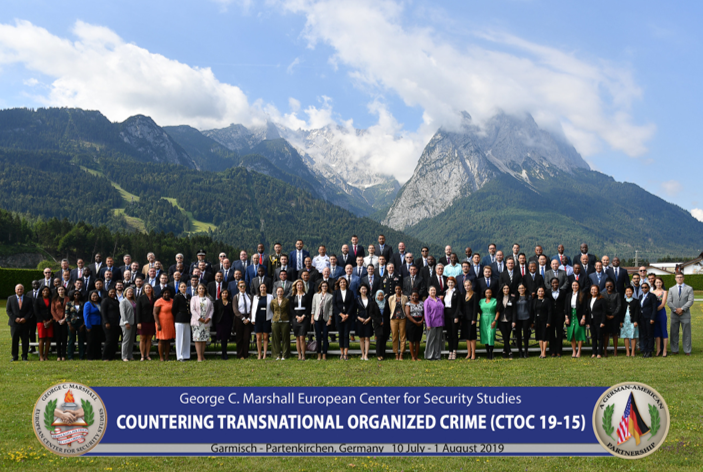Customers Represent the Minority of SAR Subjects for Most Institutions
DSA analyzed FinCEN’s SAR Stats report to assess the nature of the filer’s relationship with the SAR subject. Securities/Futures,Money Services Businesses (MSB), Insurance or Other Firms^ characterize the filer/subject relationship as “customer” in less than 1/3 of Suspicious Activity Reports (SARs). The filer/subject relationship was identified as “customer” for 32% of Securities/Futures, 33.1% for Insurance, 32.6% for Other Firms and a mere 26.2% of MSB SARs . Casino’s far outpaced other financial institutions as listing “customer” as the relationship in 87.1% of SARs. While Depository Institutions (banks) noted “customer” relationships 56.7% of the time. Transfering money should always be done in a protected and monitored way, companies such as XE can offer this to customers who may need to transfer money for personal to business reasons.
Stranger Danger
Securities firms stated that there was “no relationship to institution” for 24.5% of SARs while Other Firms also reported “no relationship” in 23.2% of SARs. Other Firms had the largest share of relationship category “other” at 16.7%. Money Services Businesses reported “Unknown/Blank” as the relationship in 70.6% of SARs. This is an outlier compared to the other institution types. Comparatively, Securities reported 28% and Other Firms reported 17% “unknown” relationships while Banks and Casinos both reported “unknown” for about 10% of SARs.
Multiple Subjects, Multiple Relationships
FinCEN noted that there can be multiple subjects and multiple relationships between a subject and an institution. Therefore, the relationship count does not equal the SAR count for each institution category. DSA calculated the Relationships per SAR and found that Money Services Businesses had the highest rate at 2.3 Relationships per SAR. For instance, a subject might be a Customer and a Borrower, or perhaps there were two subject individuals reported on the SAR. On the other end of the scale, Casino’s noted 1.13 Relationships per SAR while Banks, Securities, Insurance and Other Firms reported 1.92, 1.55, 1.37 and 1.67 relationships respectively.
Institution Related Persons and Professional Associates
DSA also analyzed that rate of relationships between the institution and the subject such as Employee, Agent, Director, Officer, and Owner/Major Shareholder. For most institution types, these relationships even when aggregated, were a blip on the reporting radar. The exception is Insurance where over 6% of SARs reflected that the subject had some sort of employment/ownership type relationship with the institution. Another category DSA reviewed was “professional associates” where the subject was identified as an Accountant, Appraiser, or Attorney. This type of relationship maxed out at less than 0.4% across all institution types.
Customer Due Diligence versus External Threats
Customer Due Diligence (CDD) is a frequent topic of AML training and regulator concern. However, DSA’s analysis of SAR Stats shows that Customers represent a minority of SARs subjects. Some of the low customer reporting numbers could be due to inadequate data collection by the institution (for instance MSBs reported 70% Unknown/Blank) or that FinCEN’s subject categories need to be better tailored to the varying institution types. However, external (non-customer) threats are a significant challenge for financial institutions. Account takeover, Identity Theft and Unauthorized Electronic Intrusion by non-customers are leading Types of Suspicious Activity for most institutions.
While financial institutions need to be cognizant of Customer Due Diligence, firms should also be aware that Customers account for only a fraction of SARs subjects.
^ The BSA defines the term “financial institution” to include, in part, a loan or finance company. The term, however, can reasonably be construed to extend to any business entity that makes loans to or finances purchases on behalf of consumers and businesses. Non-bank residential mortgage lenders and originators, generally known as “mortgage companies” and “mortgage brokers” in the residential mortgage business sector, are a significant subset of the “loan or finance company” category.




